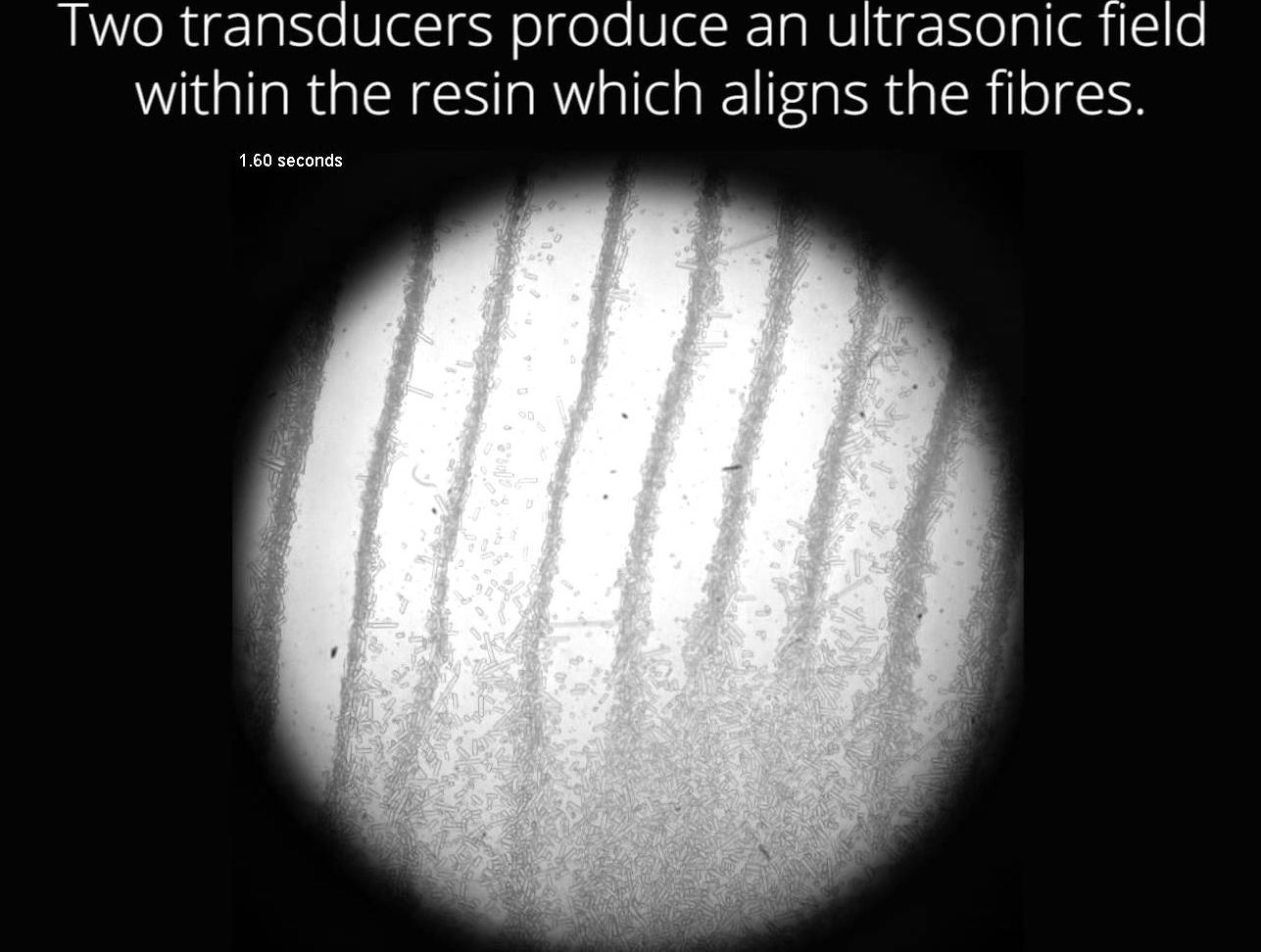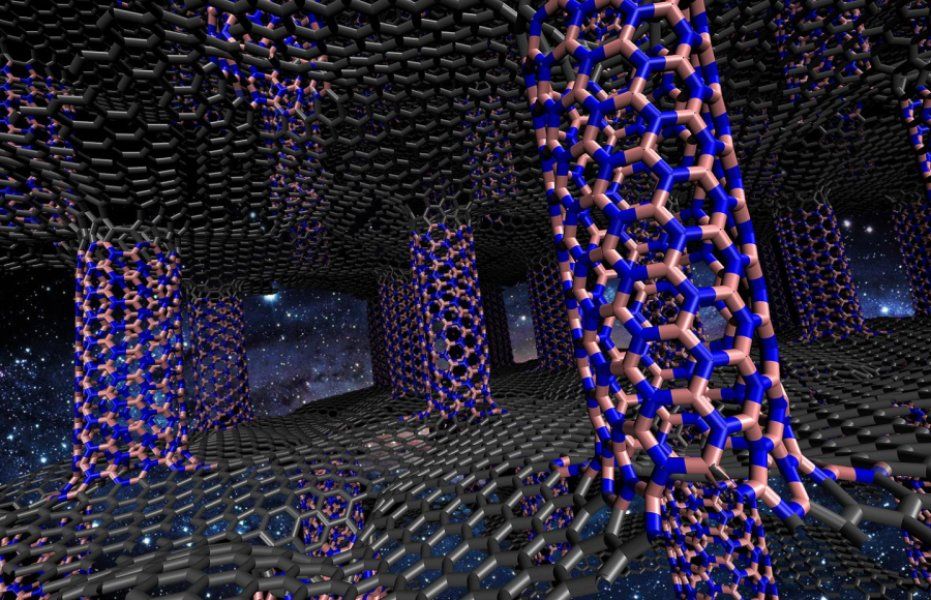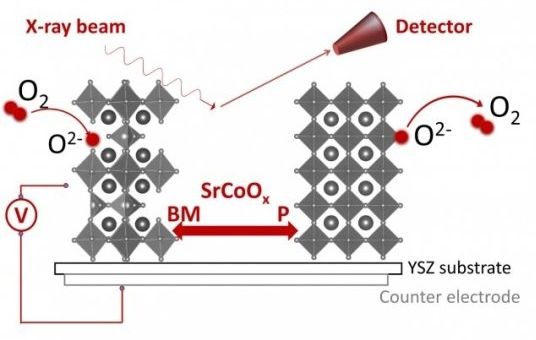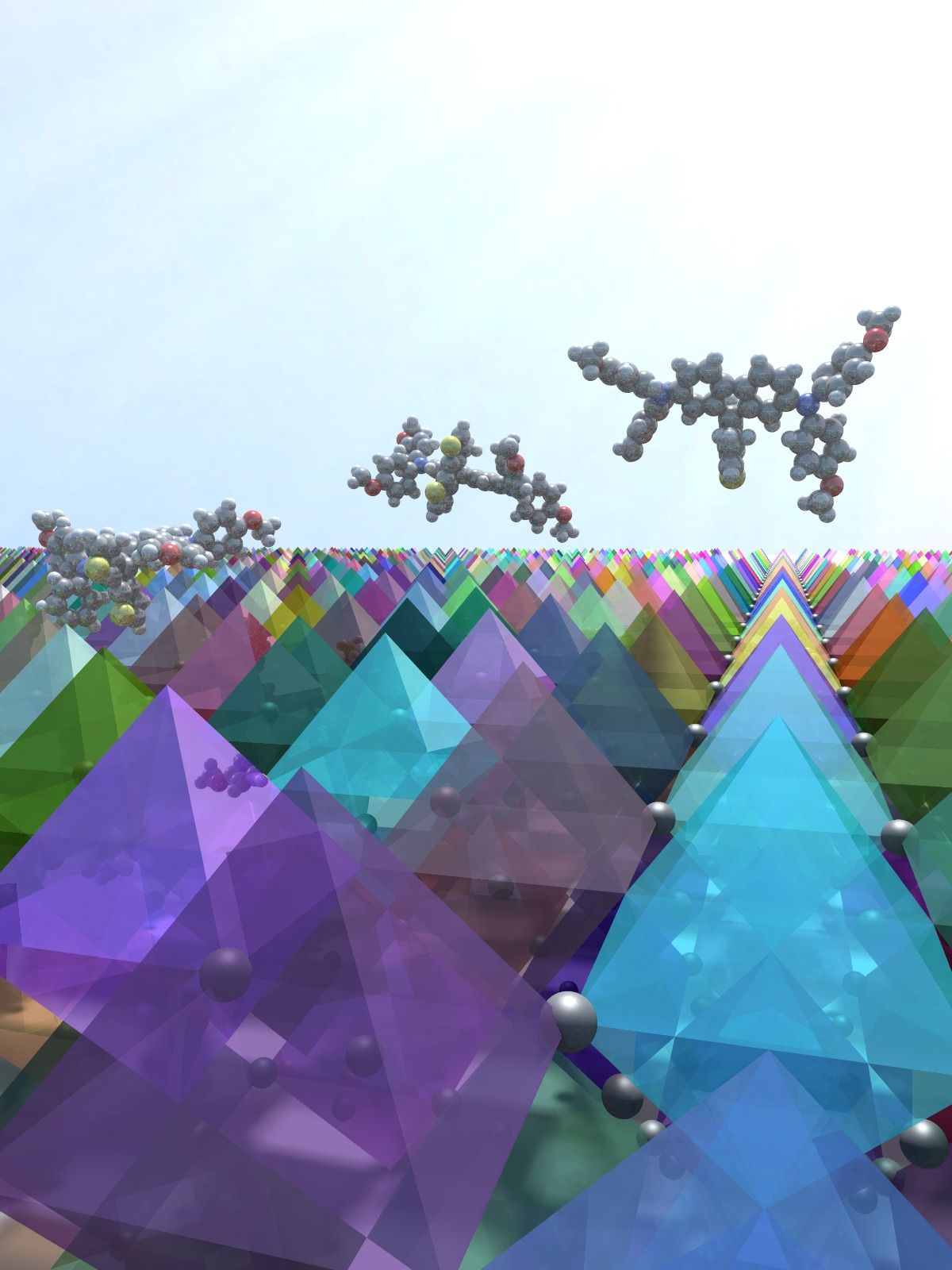Jan 22, 2016
New Metal Glass Oxide Can Protect Living Cells From Ultraviolet Rays
Posted by Karen Hurst in categories: energy, materials, space
China’s improved glass for space.
Chinese scientists developed a method to create a transparent, glass-based material with the power and lifespan to absorb ultraviolet rays. The metal oxide-based special glass is expected to not break down under prolonged UV radiation exposure. (Photo : John T. Clarke (University of Michigan), ESA, NASA | Wikimedia Commons)
Chinese scientists have discovered a special glass that can absorb and block dangerous ultraviolet rays.
Continue reading “New Metal Glass Oxide Can Protect Living Cells From Ultraviolet Rays” »
















